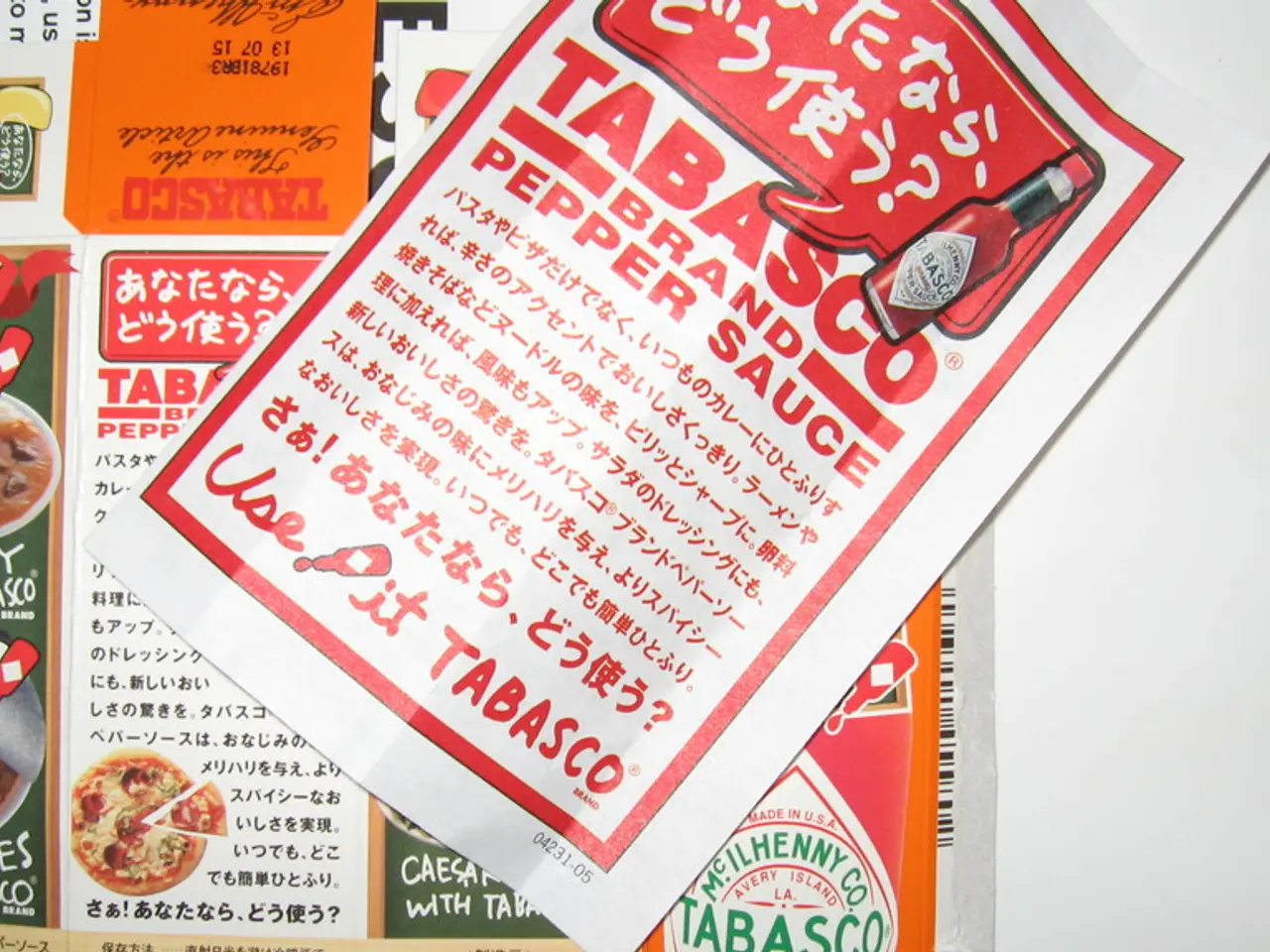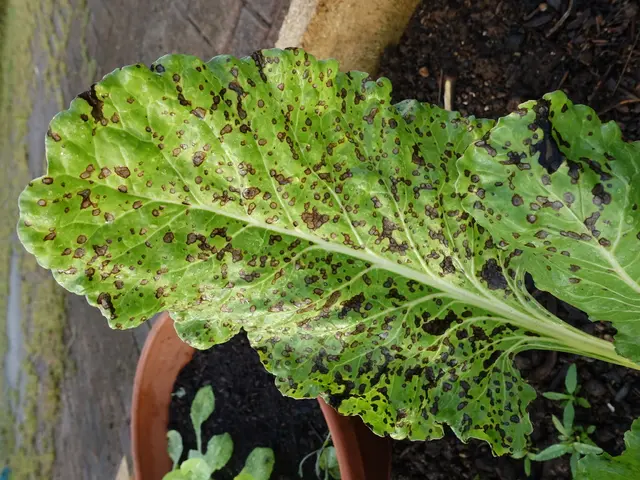Best Time for Harvesting Gypsy Peppers: Seeking Ripe Peppers for Maximum Flavor
Gypsy peppers, a hybrid between sweet Italian bull horns and bell peppers, are becoming increasingly popular for their mild and sweet flavour, making them a versatile addition to various dishes. Here's a guide to help you grow, care for, and harvest these delightful peppers, as well as suggestions for enjoying them in your culinary endeavours.
### Growing and Caring for Gypsy Peppers
To ensure optimal growth and yield, follow these key guidelines:
#### Soil and Fertilization
Gypsy peppers thrive in well-drained, rich soil. To maintain soil fertility, use a balanced fertilizer at the start of the planting and periodically throughout the growing season. However, avoid over-fertilizing with nitrogen, especially late in the season, as this can promote lush foliage but reduce fruit production.
#### Sunlight and Temperature
These peppers require full sun exposure, ideally 6-8 hours of direct sunlight per day. They favour warm weather with soil temperatures around 70-85°F. However, be mindful of extreme heat, as temperatures over 90°F to 95°F can cause flower drop and reduce fruit set. Provide some shade or protection during the hottest parts of the day if necessary.
#### Spacing and Pollination
Space plants about 18-24 inches apart, with rows 2-3 feet apart, to allow good airflow and prevent disease. Encourage natural pollination by bees and wind. If growing indoors or in low wind areas, you may hand-pollinate by gently shaking flowers or using a soft brush.
#### Harvesting
Harvest peppers regularly to encourage continued production. Use sharp scissors or garden shears to cut peppers from the plant to avoid damaging stems. For best flavour, harvest just as the peppers reach full colour and before they begin to wrinkle or soften. Gypsy mini bell peppers are typically ready to pick when they have fully developed colour and size.
### Enjoying Gypsy Peppers
These versatile peppers shine in various dishes, thanks to their mild and sweet flavour, and can be used in both cooked and raw preparations. Here are some suggestions:
- **Salads and Sandwiches:** Eating Gypsy peppers raw preserves their crunchy texture and sweet taste, making them a great addition to salads. Grilling or roasting them brings out their best flavours, making them perfect for sandwiches. - **Salsas and Dips:** Fresh Gypsy peppers offer endless possibilities for salsas and dips. - **Stir-fries:** Gypsy peppers add a lovely crunch and sweetness to stir-fries. - **Stuffed Peppers:** Their thin walls make them perfect for stuffing with rice, ground meat, or a mix of cheese and herbs. - **Frying:** Frying Gypsy peppers in a little olive oil creates a fantastic appetizer, with the flavour intensifying.
Refrigeration helps extend the freshness of Gypsy peppers, with a plastic bag with air holes being suitable. For long-term storage, freezing Gypsy peppers is a good option. Slice the peppers and freeze them separately, then transfer to an airtight container.
By following these care and harvesting practices, you can achieve optimal flavour and high yield from your Gypsy pepper plants. With their sweetness preserved, these peppers will undoubtedly be stars in your kitchen!
For a relaxing lifestyle, consider growing Gypsy peppers in your home-and-garden. Not only do they add a splash of colour to your garden with their vibrant hues, but they also transform your home-cooked meals with their versatile sweetness, making them ideal for those who love gardening and connoisseurs of fine cuisine.








